Practical Tips for Implementing Cognitive Architecture in Different Spaces
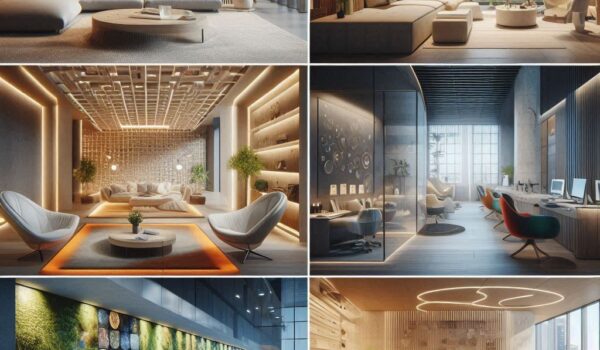
1. Introduction
Cognitive architecture is the application of psychological and neurological principles in design to create environments that positively influence human behavior, emotions, and well-being. Spaces designed with cognitive architecture in mind can enhance focus, reduce stress, and improve overall user experience. This article explores practical ways to implement cognitive architecture across various environments, including homes, hospitality venues, offices, educational spaces, and healthcare facilities.
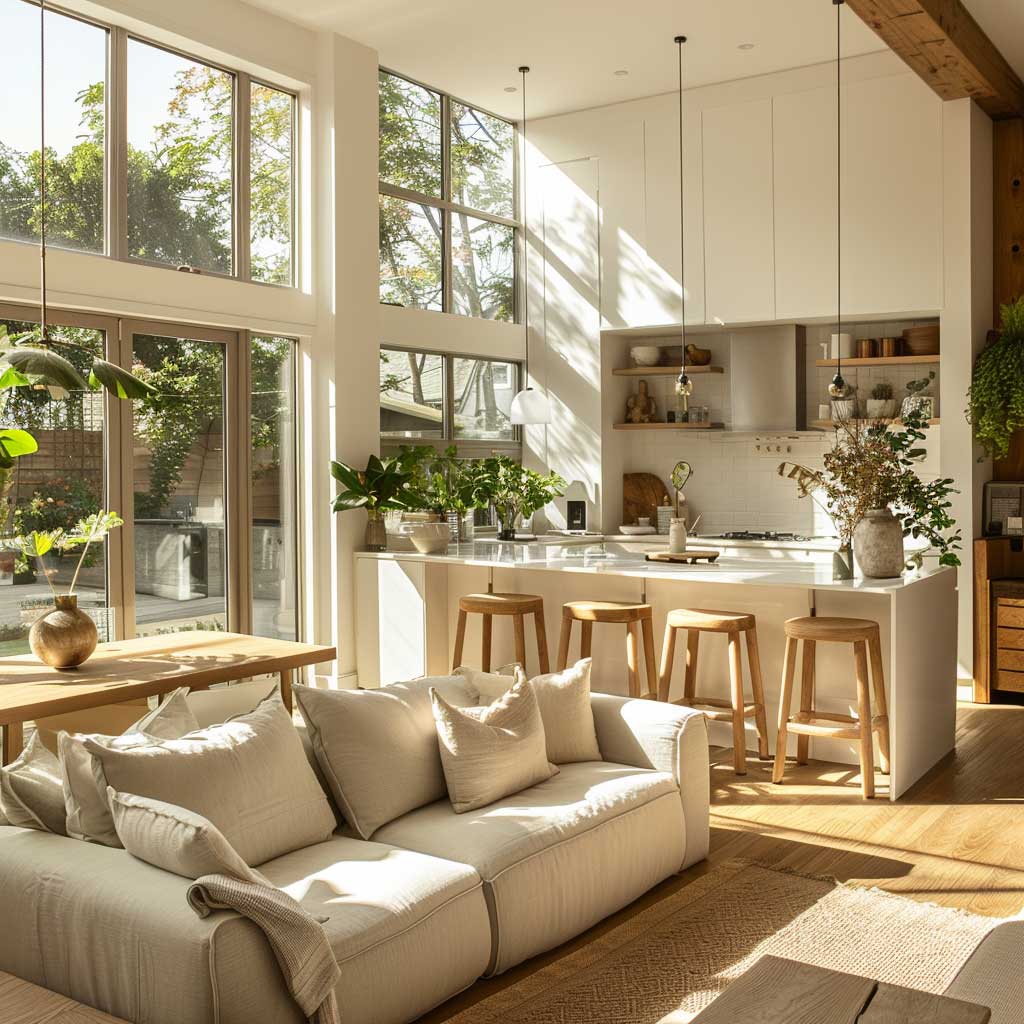
2. Core Principles of Cognitive Architecture in Design
Sensory Engagement
Design influences perception through touch, sight, sound, and even scent. Textures, colors, and acoustics play crucial roles in shaping user experience.
Spatial Cognition & Wayfinding
Intuitive layouts reduce cognitive load, making spaces easier to navigate and more comfortable to inhabit.
Emotional & Behavioral Impact
Design choices affect mood, productivity, and engagement. The right combination of lighting, materials, and spatial arrangements can foster positive interactions.
Biophilic Integration
Incorporating natural elements into spaces has been proven to improve mental health, creativity, and overall well-being.

3. Implementing Cognitive Architecture in Different Spaces
3.1 Residential Spaces (Homes & Apartments)
Homes should be designed as personalized sanctuaries that promote well-being and relaxation.
- Natural Light & Circadian Rhythms: Large windows, skylights, and adjustable window treatments allow homeowners to control light exposure, aligning with natural circadian rhythms to enhance sleep quality and energy levels.
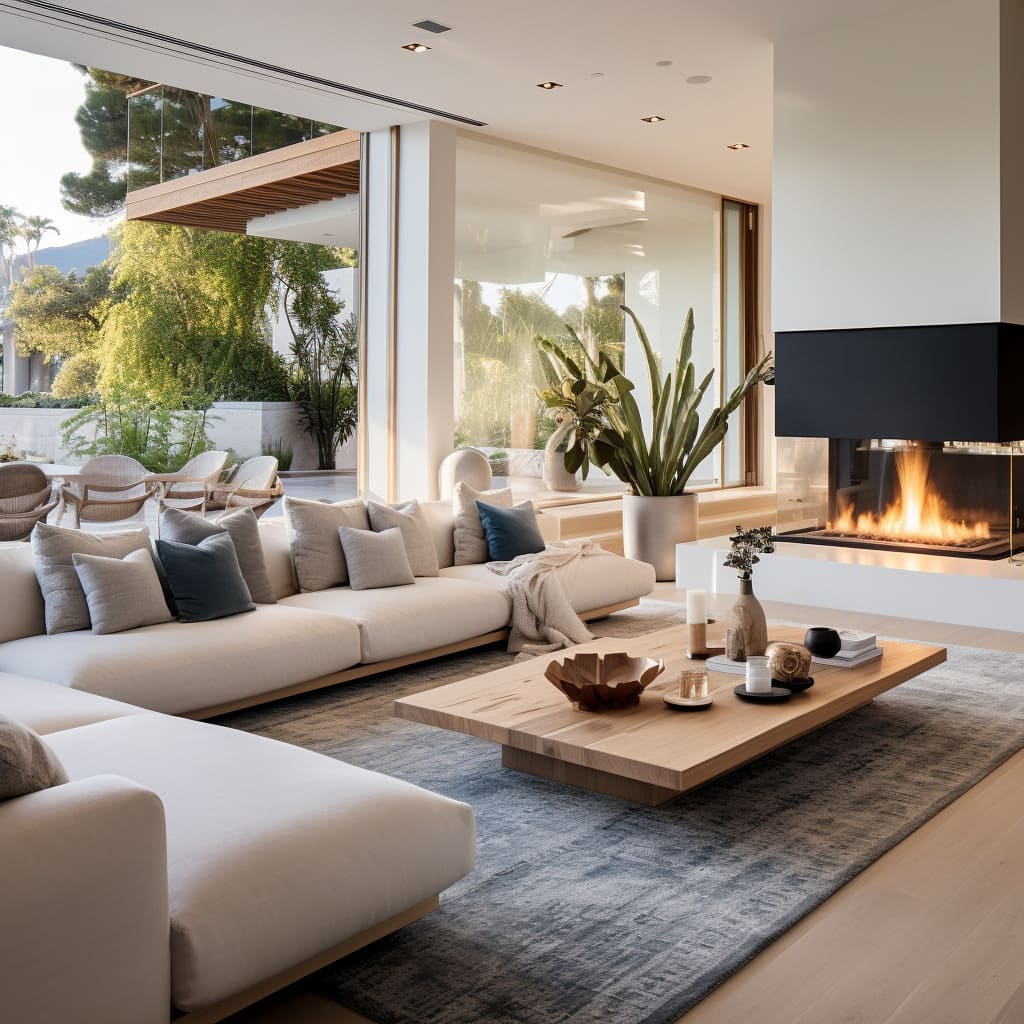
- Material Selection & Textures: Using warm, tactile materials such as wood, soft fabrics, and natural stone fosters comfort and emotional connection to the space. Avoiding synthetic materials can reduce visual and sensory fatigue.
- Personalized Spaces & Adaptability: Modular furniture, movable partitions, and multi-use rooms support the evolving needs of residents, allowing customization according to mood, season, or function.
- Biophilic Elements: Living walls, houseplants, indoor water features, and nature-inspired color palettes can significantly improve air quality, mental clarity, and relaxation.
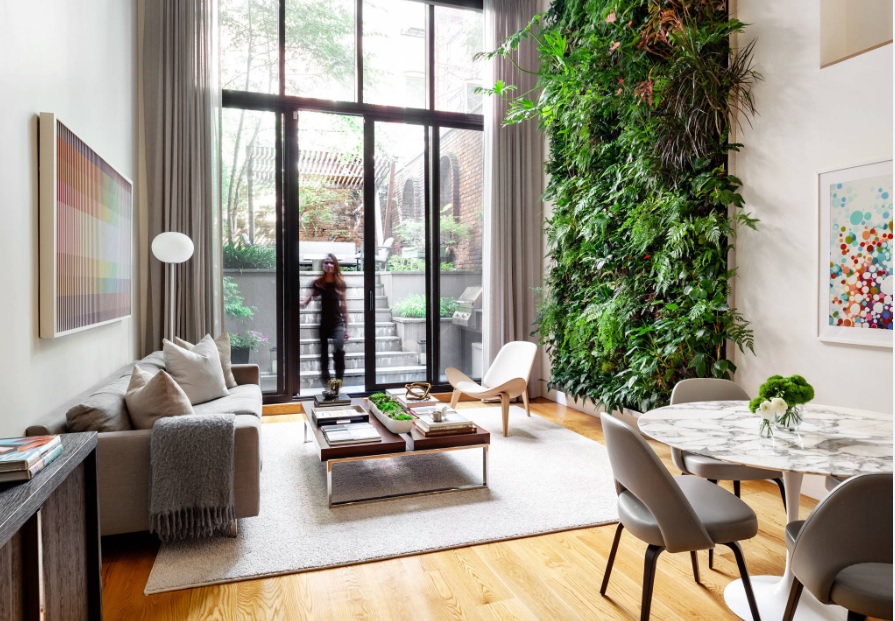
- Acoustic Comfort: Incorporating carpets, fabric wall panels, and noise-dampening materials in open-concept homes helps reduce distractions and create a more serene environment.
3.2 Hospitality & Retail Spaces
Guest experiences and customer engagement are directly influenced by environmental design.
Intuitive Navigation & Wayfinding: Hospitality spaces should guide guests effortlessly through clear signage, logical spatial planning, and contrasting floor textures that indicate pathways.
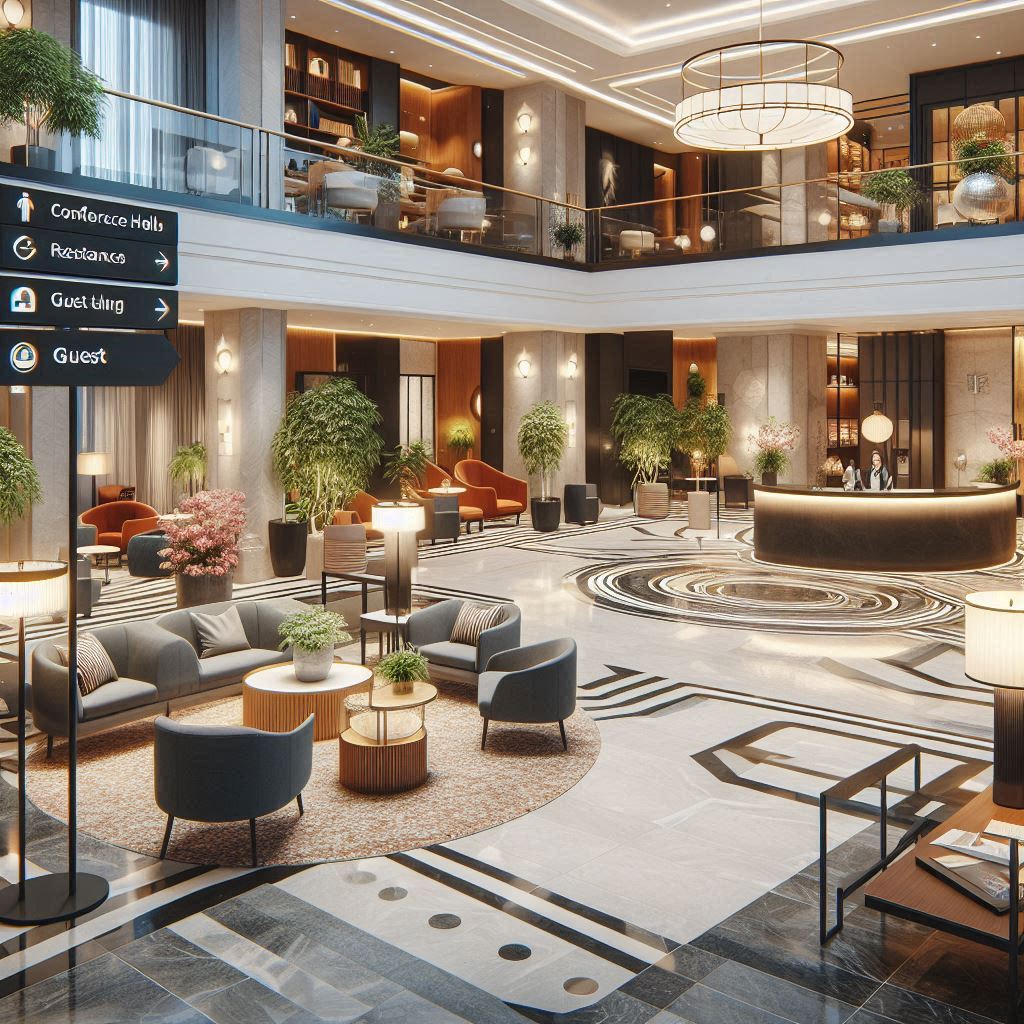
Multi-Sensory Design: Retailers can use ambient lighting, background music, and curated scents to shape emotional connections with customers. Hotels can employ textured walls, carefully chosen furniture, and aromatherapy to enhance relaxation.
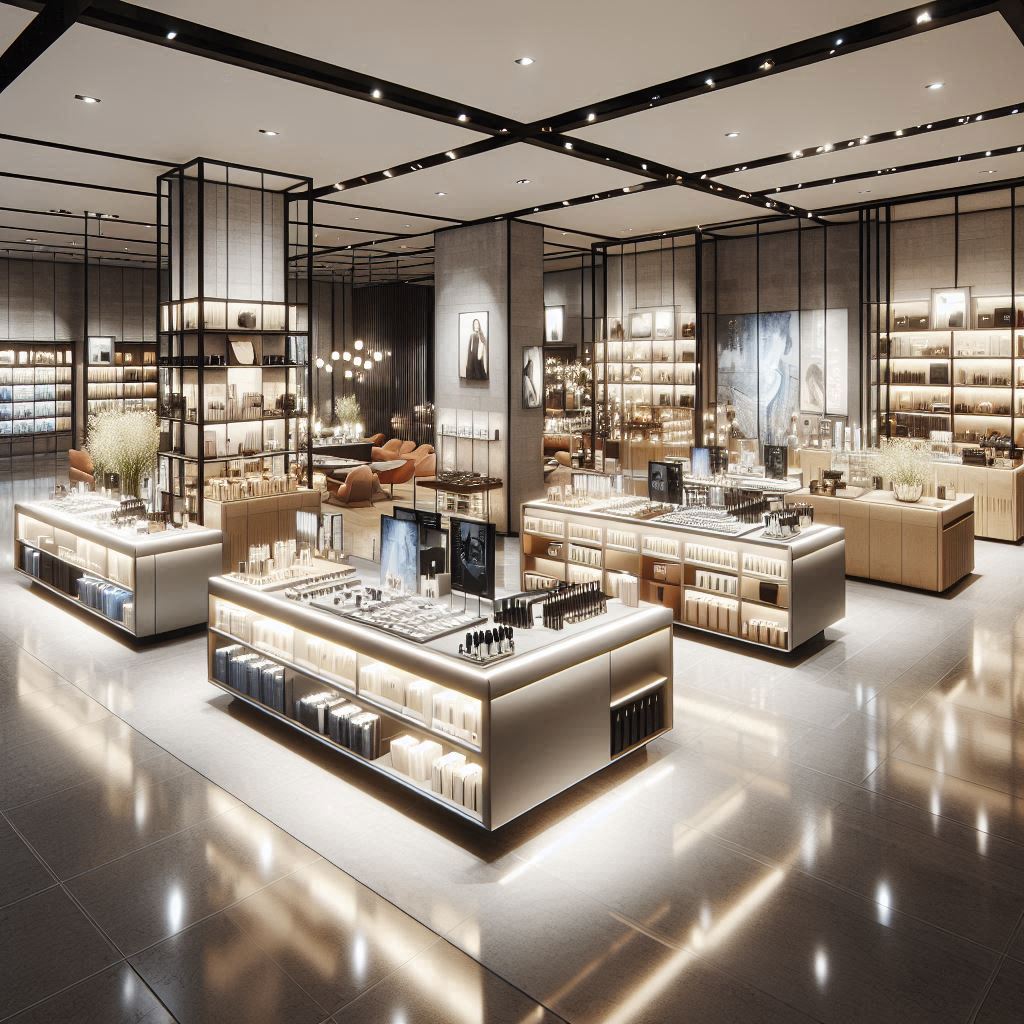
- Emotional Storytelling Through Design: Thematic interiors, interactive displays, and curated materials can tell a compelling brand story that influences guest experiences and reinforces brand identity.
- Social & Private Space Balancing: Hospitality venues should incorporate social gathering areas alongside private, quiet corners for relaxation. Retail spaces should offer cozy trial rooms and lounge areas for a more comfortable shopping experience.
- Lighting & Ambiance Control: Dynamic lighting systems that change based on the time of day or activity can impact mood and customer behavior, enhancing sales and guest satisfaction.
3.3 Corporate Offices & Educational Environments
Work and learning environments should foster focus, collaboration, and creativity.
Ergonomics & Flexibility: Adjustable desks, ergonomic chairs, and flexible seating arrangements improve posture and physical comfort, reducing long-term strain and enhancing productivity.
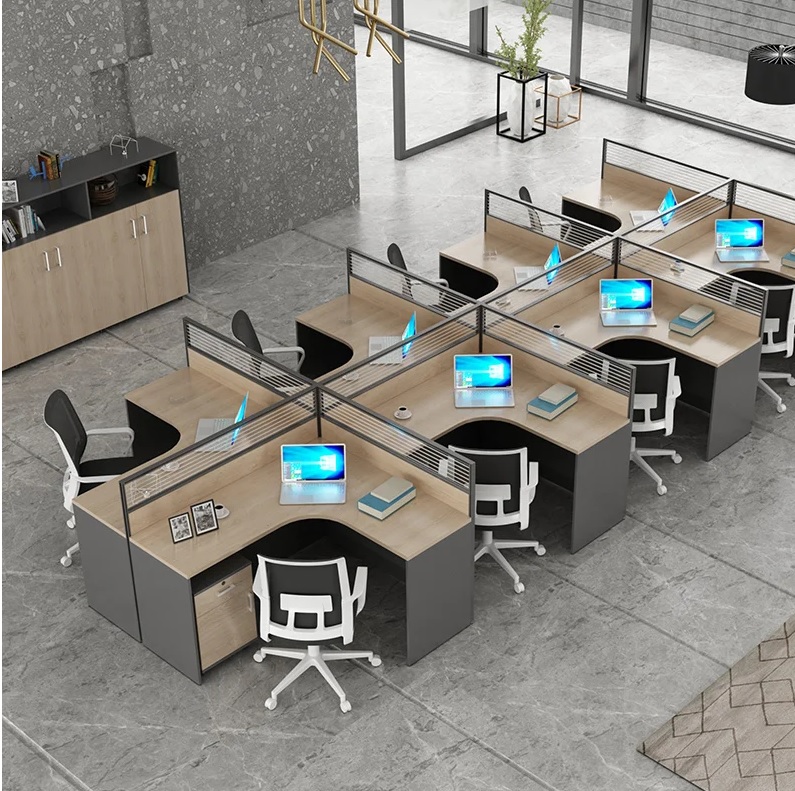
- Cognitive Load Reduction: Minimizing visual clutter, using neutral color schemes, and organizing storage strategically prevent mental exhaustion and encourage concentration.
- Color & Acoustic Strategies: Offices benefit from muted tones in individual workspaces and stimulating hues in brainstorming areas. Acoustic solutions like ceiling baffles and partitioning panels help manage noise in open offices and classrooms.
- Break Areas & Restorative Spaces: Nature-inspired break rooms, quiet pods, and relaxation areas with soft seating improve employee well-being, increasing focus and productivity after breaks.
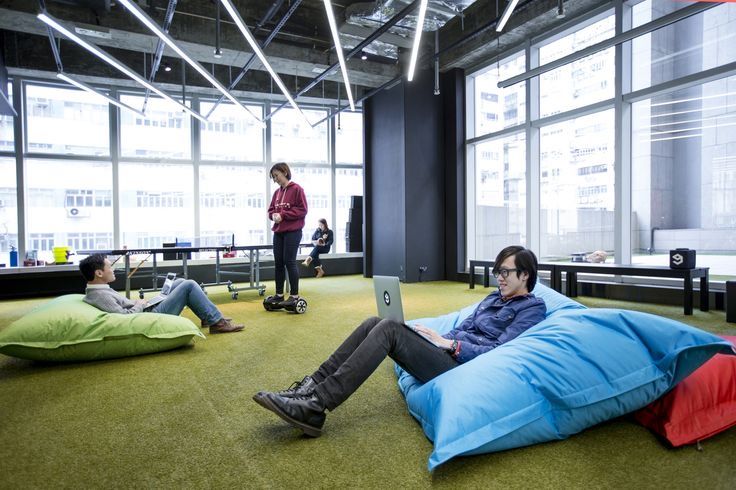
Tech-Integrated Learning & Workspaces: Interactive digital boards, smart lighting, and wireless collaboration tools enhance learning outcomes and business operations by fostering engagement and efficiency.
3.4 Healthcare Facilities
Healthcare environments should be designed to reduce stress, promote healing, and support well-being.
Reducing Stress Through Design: The strategic use of soft lighting, soothing color palettes, and nature views can calm patients and ease anxiety. Studies show that patients with access to natural light recover faster and require less pain medication.
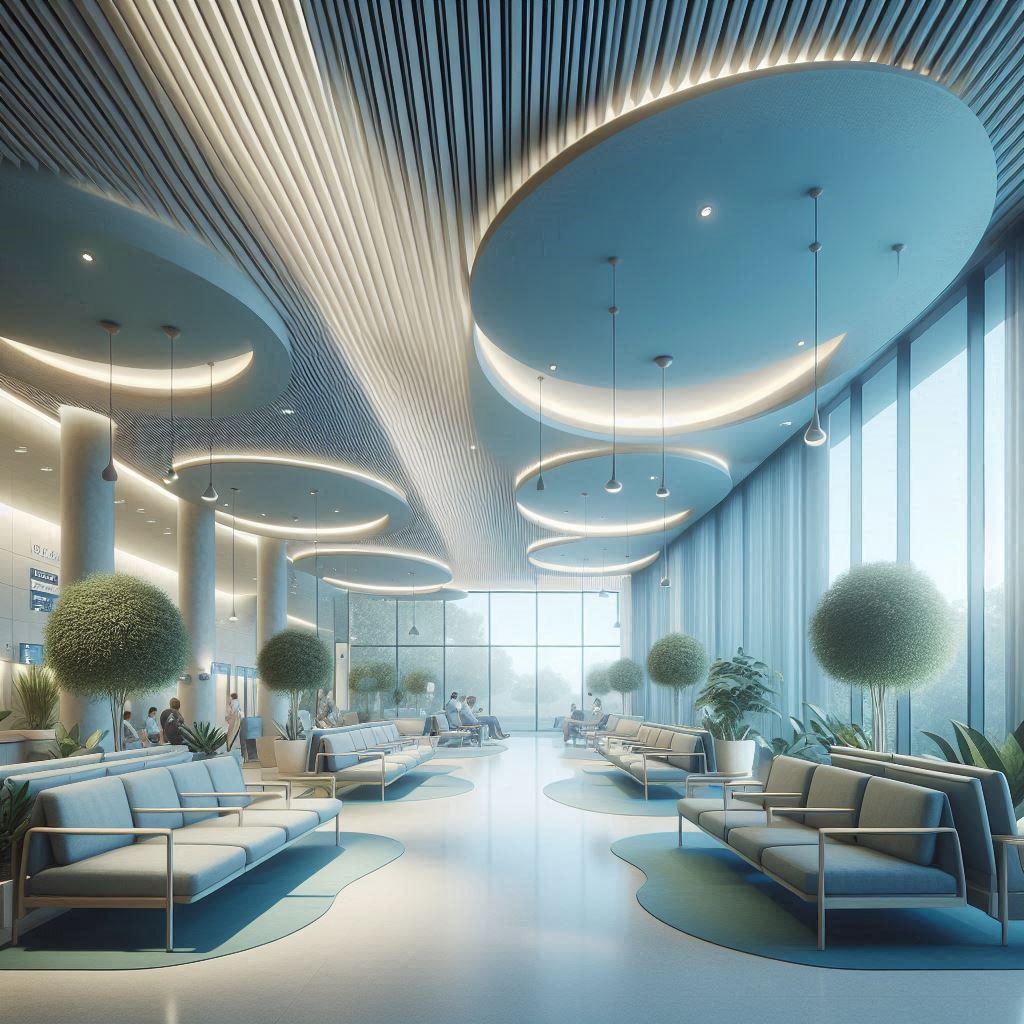
- Wayfinding & Navigation: Color-coded corridors, intuitive sign placements, and sensory cues (such as different floor textures for different areas) help patients and visitors find their way easily, reducing confusion and stress.
- Healing Environments: Courtyards, indoor plants, and natural material finishes create a connection to nature, enhancing patient recovery and reducing perceived pain levels.

- Patient-Centered Design: Private waiting rooms with comfortable furniture, adjustable lighting in patient rooms, and noise reduction measures create a sense of control and dignity, improving overall patient experience.
- Sanitation & Air Quality Considerations: The use of antimicrobial materials, HEPA filtration systems, and improved ventilation reduces the spread of infections and ensures a healthier environment for patients and medical staff.
4. Challenges and Considerations

- Balancing Aesthetics with Functionality: Spaces must be both visually appealing and practical for their intended use.
- Cultural & Psychological Differences: Understanding diverse user needs is crucial for effective design.
- Sustainability & Cost Efficiency: Implementing cognitive design principles while considering budget constraints and environmental impact.
Conclusion
Cognitive architecture enhances human experiences by designing spaces that align with psychological and neurological needs. Whether designing a home, a retail store, an office, or a hospital, integrating cognitive principles can significantly improve well-being, productivity, and engagement. Architects, business owners, and homeowners should consider these principles when designing their spaces.
If you’re interested in applying cognitive architecture to your next project, contact us for a consultation or explore more insights on our website.


One Comment
There is apparently a bundle to realize about this. I feel you made some good points in features also.